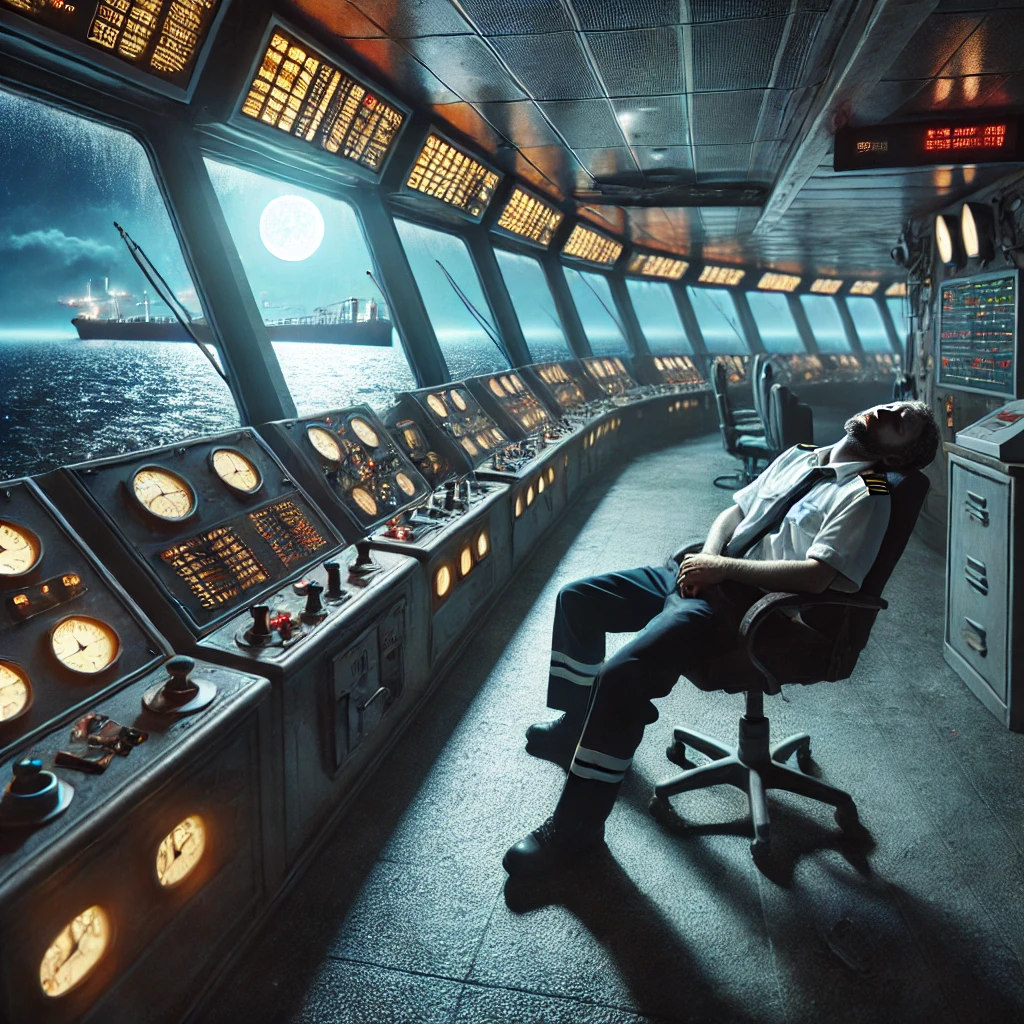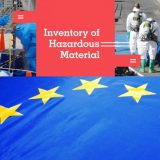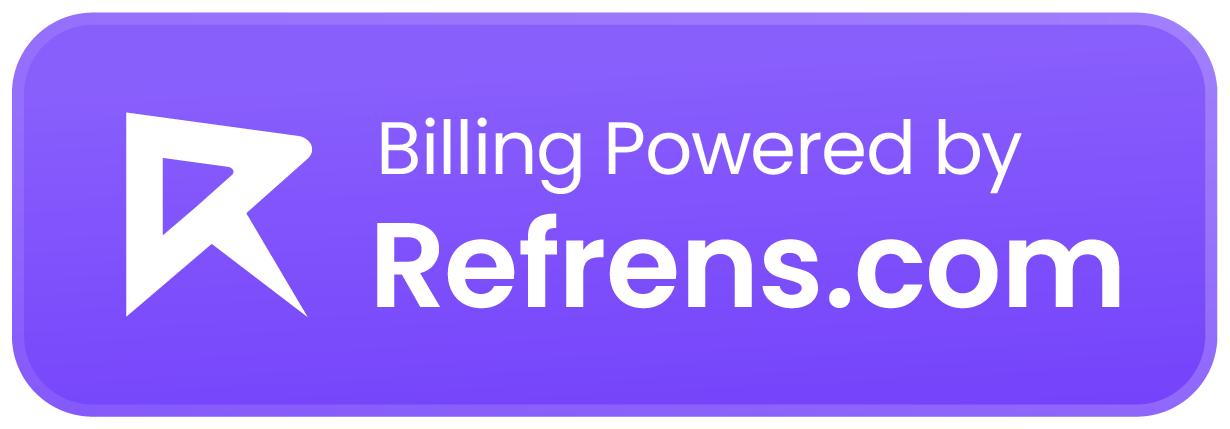Since last month, Japan has been protesting over South Korea’s maritime survey near islets in the East Sea. The rocky islets, known as Dokdo in South Korea and Takeshima in Japan, are currently administered by South Korea.
The protest was over the operation of South Korean vessel Hae Yang 2000, a research vessel of the Korea Hydrographic and Oceanographic Agency, which conducts surveys around the islets twice a year. On May 29, it was reported that the research vessel had lodged a wire-like object into the sea. On May 30, Japanese Court Guards reportedly radioed the vessel to stop the survey, saying that it was conducted without Japan’s agreement.
Japan’s Chief Cabinet Secretary Hirokazu Matsuno said during a press conference that South Korea’s research activity was “totally unacceptable” as the waters near the islets are within Japan’s Exclusive Economic Zone (EEZ). However, South Korea’s foreign ministry dismissed the premise of the protest and said that the maritime survey was “legitimate” as it abided by international and national laws, including the UN Convention on the Law of the Sea.
The waters off Dokdo Islets are recognized as “intermediate zone” under the South Korea-Japan Fisheries Agreement reestablished in 1998. Japan said this zone is their EEZ, where foreign countries cannot conduct maritime surveys without approval, but experts said the term “intermediate zone” allows room for various interpretations.
“Since the UN Convention on the Law of the Sea came into effect, there are many different views about the intermediate zone,” Park Chang-gun, professor of Japanese studies at Kookmin University, told Maritime Fairtrade.
“The establishment of the zone does not state any relations to the sovereignty of Dokdo in the agreement. Therefore, South Korea should take firm actions against foreign ships or vessels doing maritime surveys or obtaining resources within the 12-mile limit of territorial waters.”
This was the first time that Japan protested since May 2017, although the surveys have never been discontinued in the past five years. Prof. Park said that the protest was well-expected, considering how Japan is actively developing an offshore natural gas field in the East Sea. For example, Japan announced a project to make exploratory wells 100 kilometers off the coast of Shimane and Yamaguchi prefectures.
“Japan has been trying to bolster the development of the natural gas field in East Sea, as the problem of energy independence rose since the Ukraine War,” Prof. Park said. “Therefore, Japan will continue conducting surveys at its maritime boundaries to obtain marine energy resources in the East Sea.”
Despite Japan’s protest, South Korea will soon have one more vessel, Korea Institute of Ocean Science and Technology (KIOST)’s Dokdo Nuri, that will regularly conduct surveys near the islets. This research vessel will run maritime surveys several times a year near Dokdo. According to KIOST, the 40-metric-ton vessel will study over 400 types of marine life and will have equipment to record currents, temperatures and depths.
The authorities in South Korea did not announce any plans to halt maritime research near Dokdo. Kim Yoon-bae, president of the Dokdo Research Centre, told reporters early June that Dokdo Nuri will continue with research regardless of Japan’s protests.
Nonetheless, there are signs of a thaw in relationship as South Korean president Yoon Suk-yeol and Japanese prime minister Fumio Kishida both seek to improve bilateral relation, engage in strategic cooperation, and move to resolve historical issues.
Prof. Park said that President Yoon will need more than diplomatic skill to mitigate the tense situation at Dokdo and prevent nationalistic sentiments among the general public from taking over. Be that as it may, given the wider geopolitical tension in the region right now, this moment in history is where the two feuding sides are closest to resolving their historical differences.
“President Yoon looks set to strengthen bilateral cooperation in the fields of security, economy and private sectors,” Prof. Park said. “He is showing more resolve than former president Moon Jae-in in improving South Korea-Japan relations.”





